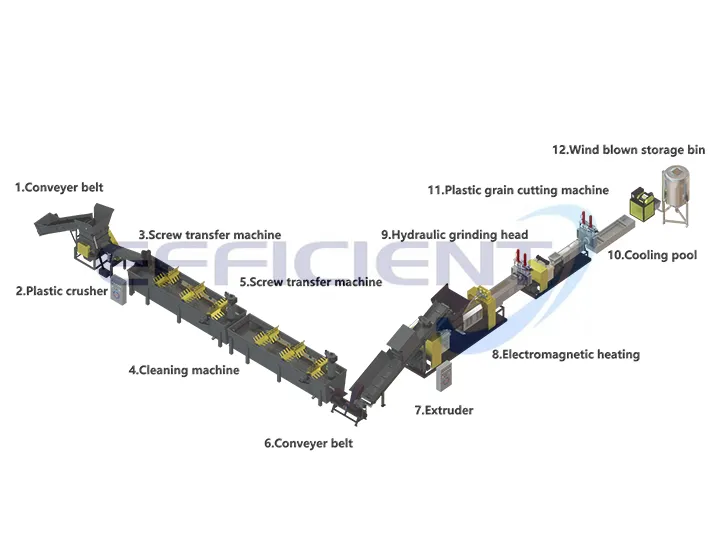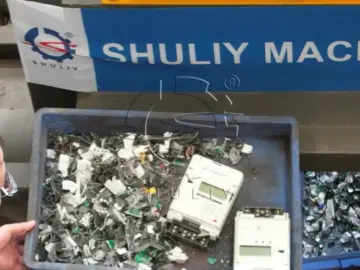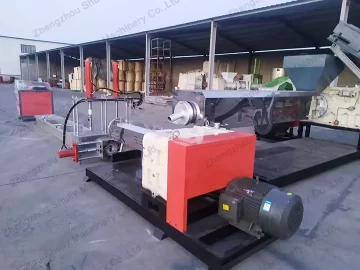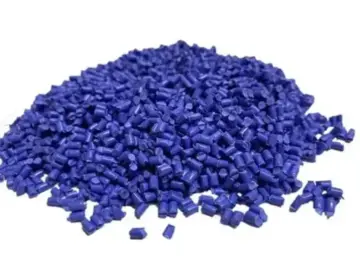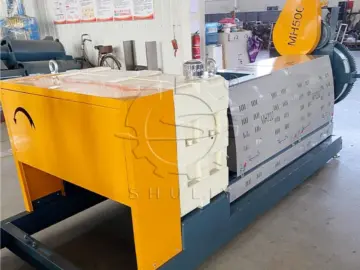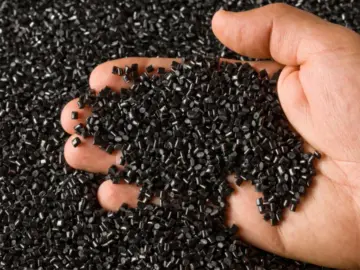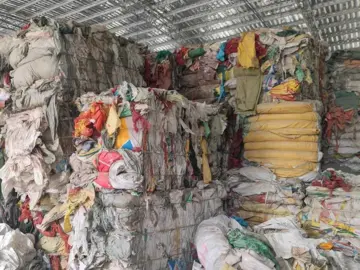The complete name of PCR is Post-Consumer Recycled Material, which refers to waste plastics generally generated after circulation, consumption and use, such as plastic shopping bags, plastic pots and plastic packaging. After recycling, these waste materials can be turned into valuable raw materials for industrial production, realizing the material of resource regeneration and recycling. PCR materials can cover a wide range of plastic types such as PET, PE, PP, HDPE, etc…
消费后塑料回收流程
消费后塑料回收过程包括以下步骤。
Sorting: Sorting is the first step in all plastics recycling. This is done by sorting plastics by type (available materials PP HDPE, LDPE, LLDPE, PVC ABS, EPS EPE etc.), color, and form of production (plastic bags, rigid plastics, Styrofoam, etc.).
Shredding: After sorting, the plastics will be crushed by a plastic shredder, and each category of plastic will be crushed separately before moving on to the next recycling process.
Washing: Crushed into small pieces, the plastic waste will be washed to remove oils and contaminants.
Drying: If the raw material has too much moisture during the pelletizing process, a large amount of water vapor will be generated when it is heated, which will affect the pelletizing effect. Therefore, drying is required. Moisture can be controlled at 5-10% for soft materials and 3-5% for hard materials to allow for the next step in the recycling process.
Pelletizing: The final step in recycling is granulation. In this step, plastic waste that has been sorted, shredded, cleaned and dried is made into pellets. The recycling machinery used in this process includes plastic granulators, which melt the plastic by setting its melting point temperature according to the type of plastic, then it is drawn through a die head, cooled by water and finally cut into pellets by a granule cutter, which is the final product of post-consumer plastic recycling.
消费后塑料回收的优势
Reduces the amount of plastic waste going to landfill
回收塑料并将其制成颗粒是一种减少送往垃圾填埋场的废物量的举措,这些废物通常需要数百年才能分解。塑料的机械回收可以防止它们最终污染环境。
Reduce your company’s raw material costs
机械回收通过获得可以放回生产线的颗粒来减少原始原材料的使用。这减少了开采新材料对环境的影响。
Creating jobs
机械回收涉及不同阶段,塑料回收厂产生大量就业机会;其中两个阶段创造了更多就业机会,包括塑料收集和负责塑料机械回收操作的工人。
Helping to develop a circular economy
机械回收使废旧塑料重新投入生产,是循环经济的体现。
消费后塑料回收的高效解决方案
EFFICIENT Machinery’s Plastic Recycling Machines, available in second- and third-stage configurations with a high-strength shredder and wash-drying system, is the ideal solution for cleaning and drying HDPE, LDPE, LDPE, and polypropylene waste plastic bags and film. This plastic recycling line crushes, cleans, extrudes and pelletizes waste plastics to produce high quality recycled pellets.
